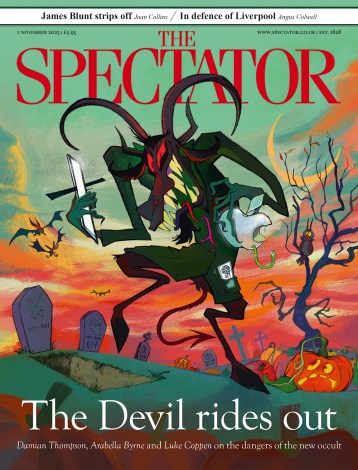In Jawaharlal Nehru’s final will and testament he asked for most of his ashes be taken in an aeroplane and scattered ‘over the fields where the peasants of India toil, so they might mingle with the dust and soil of India and become an indistinguishable part of India’. Taylor C. Sherman says this ‘request was a humble acknowledgement of his own relative insignificance’, but that it also makes India indistinguishable from Nehru.
The iconography of the man was already indistinguishable from India. He was there at the moment the country gained its hard- fought independence. In a well known image, he stands at the Red Fort in New Delhi before crowds of thousands in August 1947. It was the culmination of his decades- long nationalist struggle as the leader of the Indian National Congress Party – which also saw him imprisoned by the British. He had argued passionately against partition, wanting a united India, once the British left, to accommodate its 100 million Muslim minority; but in the end, he reluctantly conceded to the new dominion of Pakistan. This ambitious and impeccably researched book focuses on his premiership after independence until his death in 1964.
Sherman writes: ‘Nehru is widely regarded, for better and for worse, as the architect of independent India.’ She identifies the moment when the mythologising began. It was in the hot spring of 1958. Nehru had asked permission from the Congress party to retire from his post, even if temporarily. He was 68. Yet there was no scramble to replace him. The party refused to countenance life without him:
The image of Nehru as the titan of post-colonial India was not the creation of Jawarharlal the aspiring supreme leader. Rather, the myth of Nehru as indispensable was orchestrated by his party to persuade a weary senior citizen to stay at his desk.
It was an image, Sherman believes, that persists to this day.
The tenets of Nehruvianism became entwined with this image, notably non-alignment, secularism, socialism, the strong state, democracy and high modernism. Sherman argues that these are all myths to varying degrees, though born from a kernel of truth. One by one she dismantles them.
Most effective and revelatory is her analysis of secularism, which is closely associated with the establishment of India and, many claim, is currently under threat from the ruling Hindu nationalist Bharatiya Janata party. But Sherman’s analysis makes us re-evaluate this narrative.
Nehru’s version of secularism was a country where people of all faiths shared in the national project and felt an equal sense of belonging, an image the country wanted projected on the international stage. This was not, however, the reality. Relying on new scholarship, Sherman gives, in fascinating detail, examples of the gaps between Nehru’s high ideals of secularism and the ‘messy realities of how Muslims and Dalits were treated after 1947’.
In one example, in July 1948, a permit system was introduced to deal with what was deemed the problem of the ‘influx’ of Muslims into India. It was extremely difficult for them to obtain permanent visas, so many Muslims were forced to travel from Pakistan on temporary permits, even if they wanted to remain in India. Call it a ‘myth’, or a disconnect from the ideal of secularism and its implementation in practice. Another case in point was the passing of the Untouchability Offences Act (1955), which aimed to transform the lives of Dalits. After the first year, conviction rates dropped dramatically, and soon Dalits lost faith in the Act and stopped bringing cases altogether. The legislation did not prevent large-scale violence against Dalits in places such as Tamil Nadu after the Act was enshrined.
There are illuminating nuggets in Sherman’s analysis of the other pillars of Nehruvianism. In a discussion of socialism, she explains why India’s model cannot be compared with the Soviet Union. One success story was the bicycle industry, which had protection in the form of import duty and restrictions on foreign ownership. In a single decade the number of factories grew from nine to 88. The main company was nationalist (not nationalised), employed partition refugees and built a workers’ colony. It was a socially responsible private industry thriving in socialist India.
This is a scholarly book, and Sherman has the natural flair of a storyteller. It is a timely reappraisal of the early years of the state of India at a moment when Nehru’s legacy is being fought over. Seventy-five years is young in terms of a country’s lifetime. India is now an economic super-power, overtaking its former colonial ruler. But questions persist about inequality, the treatment of its minorities and the strength of its democratic institutions. Sherman shows these are not recent concerns, but have existed since India’s inception, despite the original lofty ideals. The fight for Nehru’s legacy, she believes, is ‘not a history war but a war of myths’. And maybe it is a continuing fight for India, and what it should stand for.






Comments